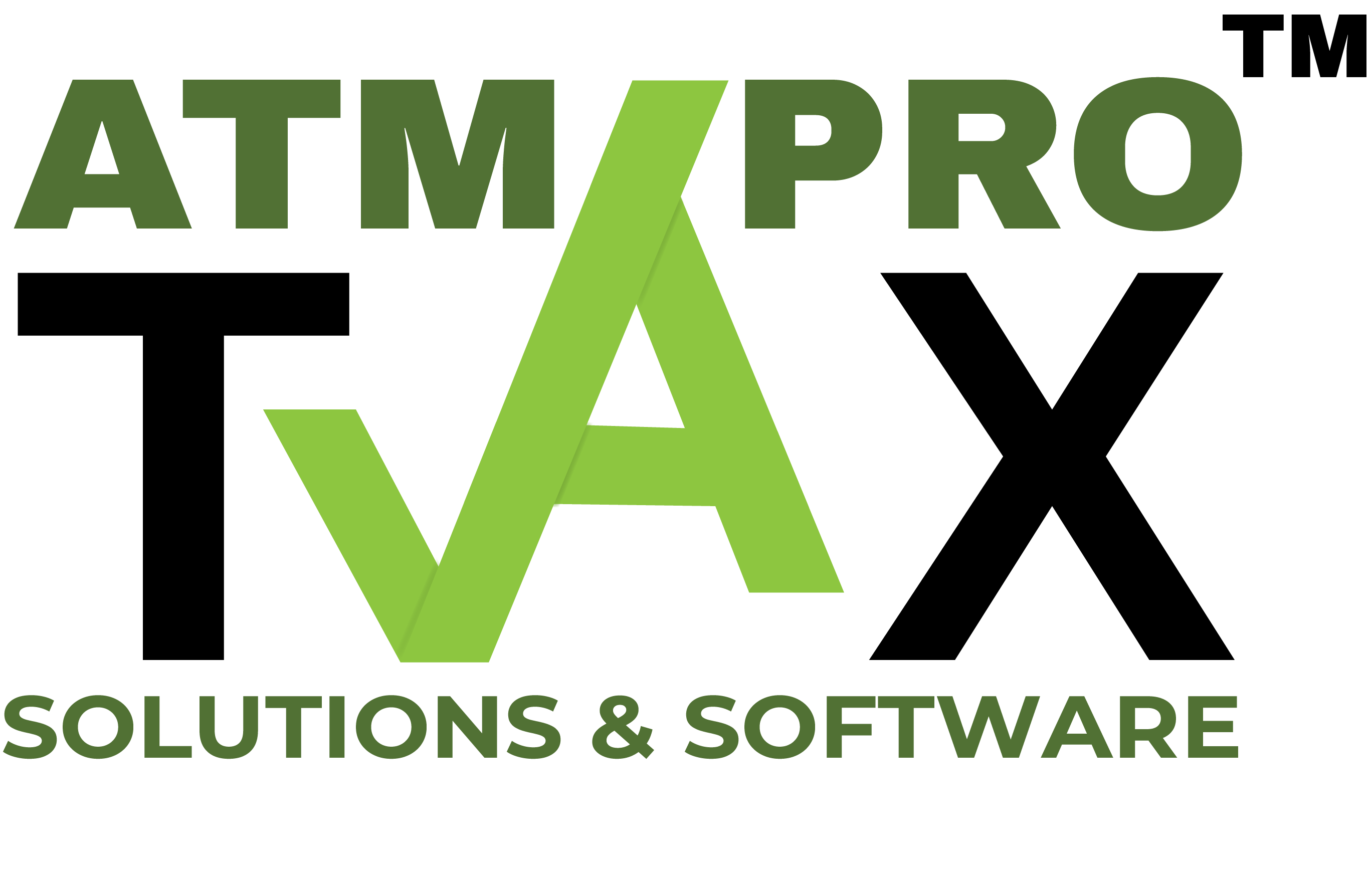Educational Center
ATM Tax Pro Solutions Educational Center will provide answers to your queries.
- What Is a Dependent Exemption?
- What Does Adjusted Gross Income Mean?
- Income Tax Return Amount Due Meaning
- Business Taxes
- What Is a Commission?
- Direct Deposit Definition
- What Is Direct Tax?
- Earned Income Definition
- What Is the Earned Income Tax Credit?
- Electronic Return Originator Meaning
- What Is a Flat Tax?
- What Is an Injured Spouse Claim?
- What Does IRS Innocent Spouse Relief Mean?
- What Is Property Tax?
- Tax Deficit Meaning
- Electronic Filing
- Employee Taxes
- Excise Tax
- Tax Exempt
- Compulsory Filing of Income Tax Return
- Gross Income Meaning
- What Are Exemptions on Tax Returns
- Test to Become a US Citizen
- What Is Head of Household
- What Is Federal Income Tax?
- What Is an Authorized E-File Provider?
- Who Needs to File a Tax Return?
- Learn All About Financial Records
- What Is An Offer in Compromise and What Does It Mean?
- What Does Non Collectible Status Mean?
- What Is a Federal Tax Lien?
- Benefits Received Principle Definition
- Ability to Pay Definition
- Bonus Definition
Ability to pay is a tax principle applied to certain U.S. tax laws, such as the progressive tax system that places higher tax rates on individuals who have a higher income. This principle states that those with a higher income should pay more in taxes because they have a greater ability to do so (not because they are using up more government resources.)
History of Ability to Pay Principle of Taxation
Many of our country’s current taxation principles are based on the theories of Adam Smith, an American economist and philosopher from the 18th century. The ability to pay principle of taxation traces back to 1771, when Smith published four principles of taxation in his political economy book, “The Wealth of Nations.”
The first principle states that all members of a nation should pay taxes in proportion to the amount of income they earn.
What Is the Difference Between the Benefits Principle and the Ability to Pay Principle?
The ability to pay definition separates it from the benefits principle in one key way. Both principles state that taxes should be proportional.
But the ability to pay principle states that the proportion should be based on income, while the benefits received principle states that the proportion should be based on the benefits received from goods and/or services the government gives out.
Where Can I Learn More?
Looking to learn more about the ability to pay principle or any other tax questions? Check out Tax Help MD to get more information about IRS taxation principles, or contact us today to get help with your taxes.
